Students have the opportunity to include fieldwork, analytical laboratory work, and computation in their research. We value academic and non-academic career paths equally in our group and will support your individual path and development.

Our focus is on individuals’ exposure to air contaminants in the urban environment. Research outputs cross between the social and natural sciences, leveraging and advancing spatial analysis; while understanding social science problems, such as examining the relationship of human behaviour and the built environment on exposure.
Current Research Themes
- Children’s Exposure
- Pollution Related to Transit Development
- The utility of Low-cost Sensors
- Mobile Air Pollution Monitors
Graduate Program Information: http://geography.utoronto.ca/graduate-geography/
Current Group Members
Postdoctoral Research Fellow
|
Carlo Chan
|
Graduate Students (Ph.D.)
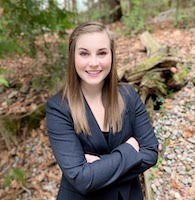 |
Kerstyn Lutz Ph.D. Student |
My research focuses on children’s exposure to air pollution and how it affects neurological development. Combustion-related air pollution exposure has previously been associated with attention, behaviour, cognition, intelligence, and memory deficits, as well as symptoms of anxiety and depression. However, air pollution varies spatially and temporally, and most of the research done within the Canadian context has focused on adult physical health outcomes. Currently, I am examining children’s exposure to transportation-related air pollution and how it affects cognitive performance. I am also interested in investigating the inequitable distribution of air pollution and its effects across sociodemographic groups.
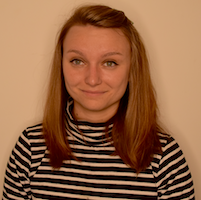 |
Amanda Norton Ph.D. Student amanda.norton@mail.utoronto.ca |
My research is focused on methods measuring spatial health exposures. I hypothesize that individuals living in urban areas with increased socioeconomic disadvantage are at a higher risk of air pollutant (NOx and PM2.5) exposure and that these disparities can be more effectively modelled through improved exposure measurements at small spatial resolutions. To answer the question of disproportionate poor air quality exposure risk, I have two aims: 1) to define and identify socioeconomic disadvantage and 2) to define, measure, and model air pollutant exposure. As I develop measurement methods that best capture these two interacting health exposures, I will utilize novel modelling methods to reduce exposure measurement error.
 |
Jenny Siliang Cui Ph.D. Student |
My current research focuses on near-road air pollution in Ontario. One of the transportation-related air pollution aspects is its dispersion adjacent to freeways since twenty-eight percent of the Ontario population live near highways and major roads. My study tries to understand how roadside vegetation barriers affect ambient air pollution concentrations in areas near major roads. There are two objectives of my research. The first objective is to determine the influence of roadside structures on local nitrogen oxides, ozone, and particulate matter. The second one is to identify the optimal green barriers that can reduce near-road air pollution. The result of my study will help urban planners, engineers, and scientists explore feasible and cost-effective roadside structures to reduce pollution dispersion near freeways.
 |
Chandula Fernando Ph.D. Candidate chandula.fernando@mail.utoronto.ca |
My current research addresses the concern that most assessment protocols remain greatly outdated, with many requiring humans to make physical measurements. Further, most advancements in unmanned monitoring techniques (such as the use of drones) occur in response to major disasters and incidents of accidental release. My study proposes a pipeline through which innovation during disasters can convert to routine environmental assessment protocols. The key difference between disaster and routine situations is the availability of contaminants. In disaster conditions, levels of pollutants can be high and easily detected. In comparison, routine situations require vastly different search strategies, flight patterns, build designs and algorithms. This study compares and identifies facets of disaster technology to improve routine assessment in the energy sector. In addition to quantifying the ability to identify contaminants through limits of detection and resolution, comparison focuses on exposure metrics such as “user-time per area covered”. Besides improving safety and quality assurance, it is hoped that a consolidated platform of impact assessment across different facilities in the region would allow for an enriched discussion when comparing energy solutions in planning to meet future climate and energy targets.
Graduate Students (MSc)
 |
Simran Persaud MSc Student |
My research interests include the effect of transportation-related air pollutants on roadside vegetation and bodies of water. My goal is to explore the risks of air pollutant deposition to achieve a safer and healthier community. My research will investigate the flow of transportation-related air pollutants from when they are released as exhaust, as they are deposited on near-road vegetation and quantify their downwash rates from rain. My research will utilize biomonitoring practices to measure the quantity and identification of the containments released from motor vehicles into the environment.
|
Elysia Fuller-Thomson MSc Student NSERC CGS-M Scholar |
With the ongoing transition to electric personal vehicles, there is a greater need to understand the extent to which alternative modes of transportation contribute to air pollution, while also further investigating how the composition of these forms of transportation differ from traditional vehicles. My research looks to use a combination of field sampling, laboratory tools, and spatial analysis to better understand how rail contributes to air pollution, specifically nitrous oxides, in an urban context.
|
Lauren Ead MSc Student |
My research aims to evaluate if commercial UV-C technology can facilitate the photodissociation of nitrogen dioxide into ozone within indoor environments. This is particularly relevant, as the potential for UV-C technology to act as a platform for germicidal irradiation has become increasingly recognized, as UV-C light has shown to deactivate the proteins that constitute the Coronavirus-2019.
|
Scarlett Rakowska MSc Student |
My current research examines the green space accessibility for students in Ontario schools. Green window views and tree cover in schools can have positive relationships with students’ grades. This can be analyzed using Geographic Information Systems (GIS) to determine the relationship between the amount of green space students have in their schools and neighbours, along with examining their third and sixth-grade EQAO results. In my research, socioeconomic factors are considered as some students who are new to Canada might not perform as well as other students in the EQAO evaluations. Along with this, it is important to examine the schools’ budget to further insight into the relationship with green spaces.
Undergraduate Students
Past Group Members
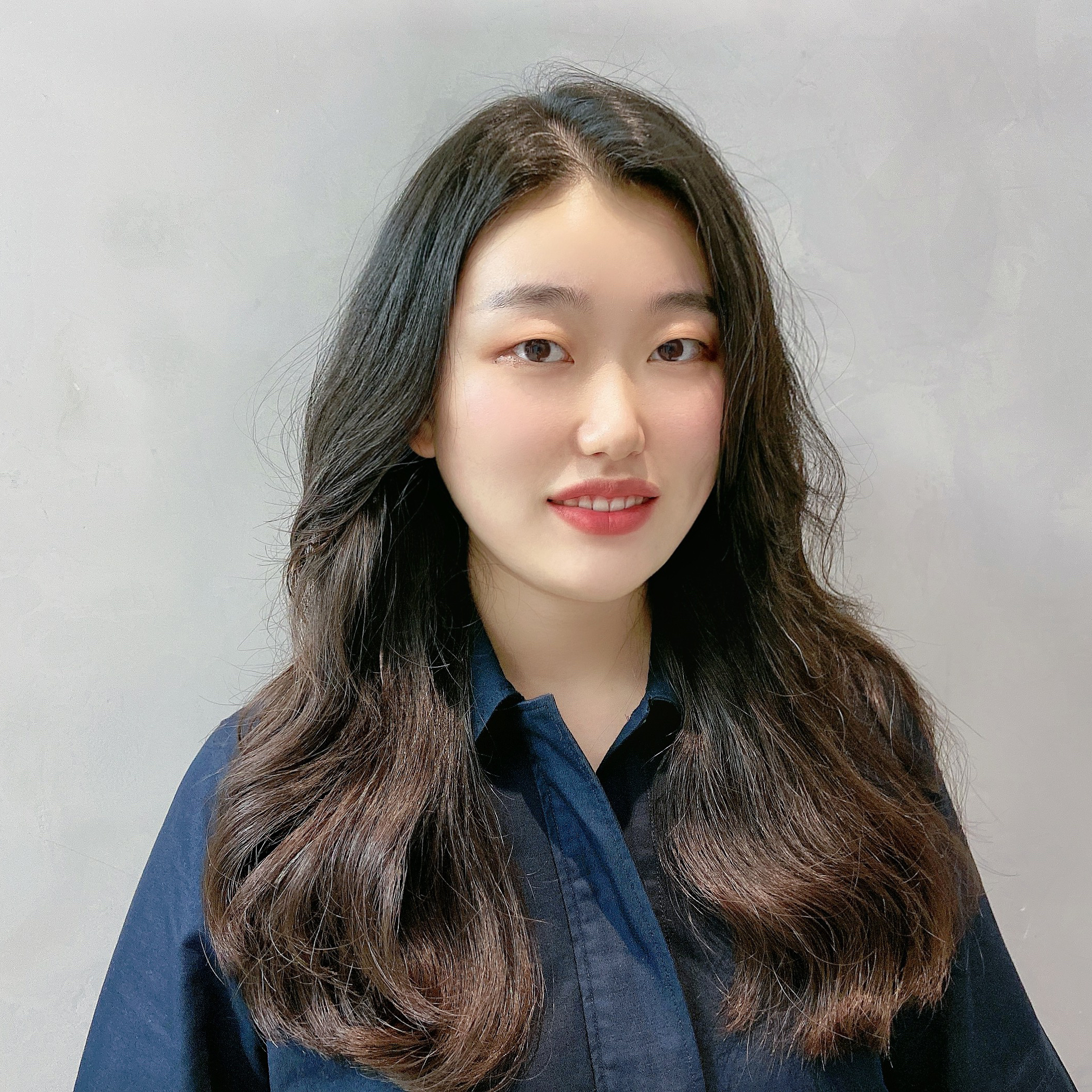 |
Chuyi Zhang Visiting Ph.D. Student from Institute of Applied Ecology, Chinese Academy of Sciences Major: Ecology, Landscape Ecology |
My research focuses on the atmospheric environmental effects under the influence of human activities. This includes the effects of three-dimensional urban patterns, industrial production, and traffic on the generation transmission as well as dispersion of atmospheric pollutants, so as to find out how to apply model optimization and urban planning methods to mitigate atmospheric environmental pollution.
 |
Egide Kalisa Postdoctoral Fellow |
I study exposure to air pollution, understanding how much pollution people breathe, and how to reduce those exposures. My specific areas of focus are Air pollution impacts of urban form, Indoor Air pollution, and health impacts, Bioaerosol, and air quality and heatwaves. My commitment to a scientific career has driven me to lead the nascent field of air quality research in sub-Saharan Africa, which can potentially transform the lives of many millions of people. I have a strong analytical chemistry background with the ability to quantify difficult non-traditional pollutants, such as PAHs and NPAHs, which are not commonly measured by government monitoring programs because of the specialized techniques that are required. My research addresses the Spatio-temporal characteristics of urban air pollution in African Cities and aims to identify measures to tackle air pollution while engaging with the locations and communities that are most vulnerable. Current project investigates how schoolchildren are exposed to indoor and outdoor air pollution in Rwanda and Canada, and determines if air pollution education can influence children’s behaviour in Rwanda, and reduce their risk to transportation-related air pollution.
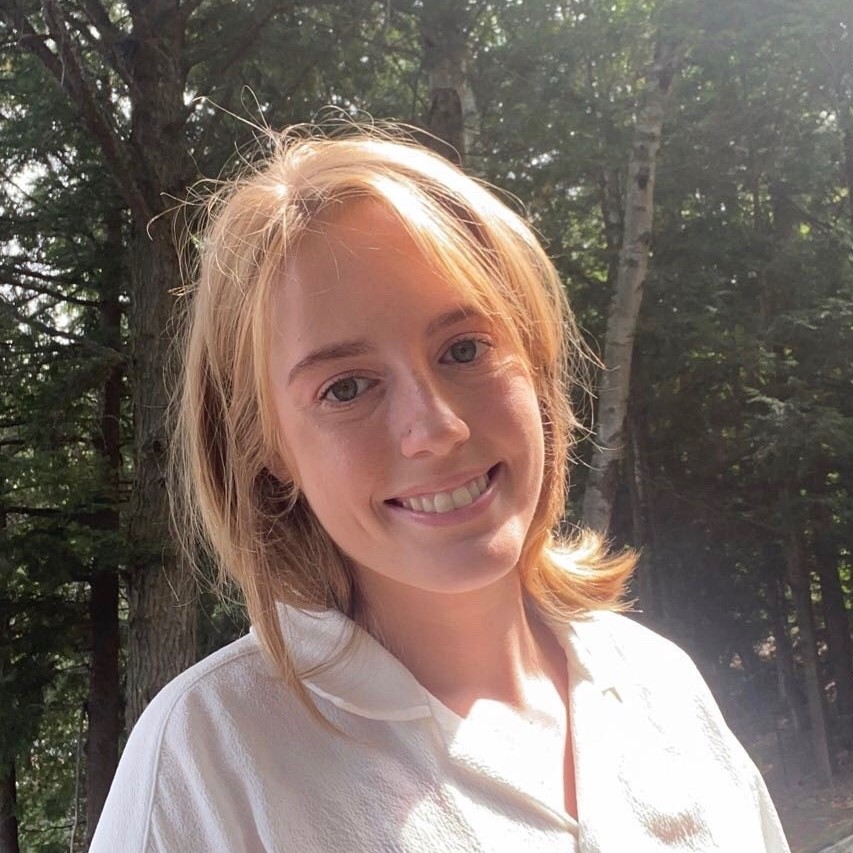 |
Sophie Roussy MSc Graduate sophie.roussy@mail.utoronto.ca |
My research interests concern the use of passive monitoring techniques, chemical analysis, and spatial interpolation techniques to characterize the spatial distribution of transportation-related air pollutants (specifically, benzene, ozone, nitrogen dioxide and nitric oxide) in Toronto and Hamilton. I am also interested in identifying the social determinants influencing disparities in human exposure to transportation-related pollutants and the consequential health outcomes. I plan to do this by completing an environmental justice analysis of the study area and by using epidemiological dose-response curves to calculate health effects. It is my hope that the findings from my research will inform local policies related to ambient air pollution monitoring methodology and inventory standards, air quality standards, vehicle emission standards, and land use planning, specifically regarding the placement of residential communities and facilities.
 |
Priya Patel MSc Graduate |
My research is focused on downscaling satellite remote estimates of nitrogen dioxide from the TROPOMI satellite. The TROPOMI satellite provides tropospheric nitrogen dioxide estimates at a pixel resolution of 7 km by 3.5 km. The goal of my research is to convert the tropospheric estimates into ground source concentrations and to further increase the pixel resolution of this data. The ground source estimates will be validated using a series of regulatory monitors throughout the GTA region. The increased granularity will be achieved using a land use regression model, which will solve the relationship between pixels. The final model will be validated using passive samplers.
 |
Felix Massey MSc Graduate |
My research investigates the effectiveness of using various mobile monitoring methods to generate land-use regression (LUR) models to predict the spatial variation of ambient air pollution concentrations in five Canadian cities: Toronto, Mississauga, Hamilton, Montréal and Québec. The pollutants being monitored include nitrogen dioxide (NO2) and ozone (O3), which are sampled using bicycles equipped with low-cost air pollution sensors and a mobile air pollution laboratory with research-grade instruments. This study is significant because there are only a few passive air monitoring stations located throughout the region, which may not capture the entire temporal and spatial complexity of air pollution. Mobile monitoring techniques are used to obtain spatially-varying air pollution estimates across a mix of land-use conditions and socioeconomic regions. The LUR models produced from this study can be used to generate interpolated continuous pollution surfaces across the region to identify exposure levels at unobserved locations while also assessing the effectiveness of pollution modelling using low-cost sensors. This research provides an evidence-based assessment of nitrogen dioxide and ozone pollution exposure, which could be employed for administrative purposes and designing local air pollution monitoring systems.
 |
Spencer Elford MSc Graduate NSERC CGS-M Scholar - Michael Smith Foreign Study Supplements Program - Environment Canada Atmospheric and Meteorological Graduate Supplements |
2020 Esri Young Scholar Award Winner
My research examines air pollution exposure of school-aged children during commutes between their home and their school location in the Greater Toronto Area (GTA). Toronto is a major North American city; whose large population and high traffic volume make it an ideal location for air pollution studies. By applying a Geographic Information System (GIS) based approach to air pollution modelling known as Land-Use Regression, ambient pollution concentration estimates are developed on spatially precise scales. By simulating commute routes on along Toronto’s road and cycling network, we examine variations in exposure attributed to commute timing, the vehicle used, and route taken.
 |
Karl Chastko MSc Graduate NSERC CGS-M Scholar - Michael Smith Foreign Study Supplements Program - Environment Canada Atmospheric and Meteorological Graduate Supplements |
My research is focused on investigating the error produced by mobile and portable air pollution monitoring campaigns. The rise in popularity of these monitors has led to the development of spatially refined exposure models but has also led to new challenges related the spatially and temporally discontinuous nature of mobile data. Mobile air pollution monitors are often employed to capture the spatial variability of air pollution and to estimate long term exposure values. These long term estimates introduce some degree of error which is poorly understood and largely undocumented. My research utilizes simulated mobile monitoring campaigns to assess the accuracy of various estimation techniques. This research will be used to produce best practices when utilizing mobile and portable air pollution monitors.
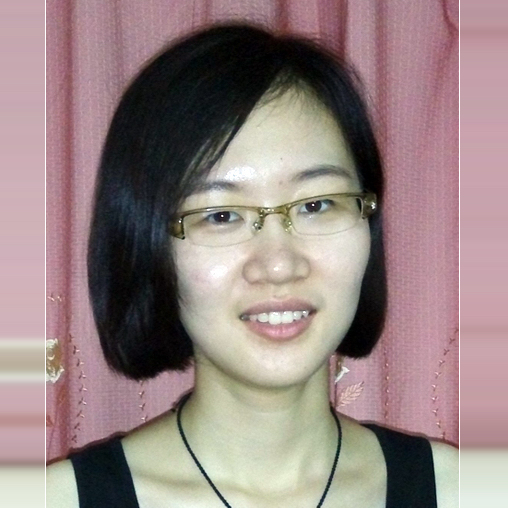 |
Tuo Shi Visiting Ph.D. Student from Institute of Applied Ecology, Chinese Academy of Sciences Major: Ecology, Landscape Ecology |
My research focuses on the atmospheric environment effect in the background of urban expansion. This includes the distribution characteristics of atmospheric pollutants at different urban scales (urban agglomerations, cities, districts and street valleys), so as to find out how to apply pattern optimization and urban planning methods to mitigate atmospheric environment pollution.
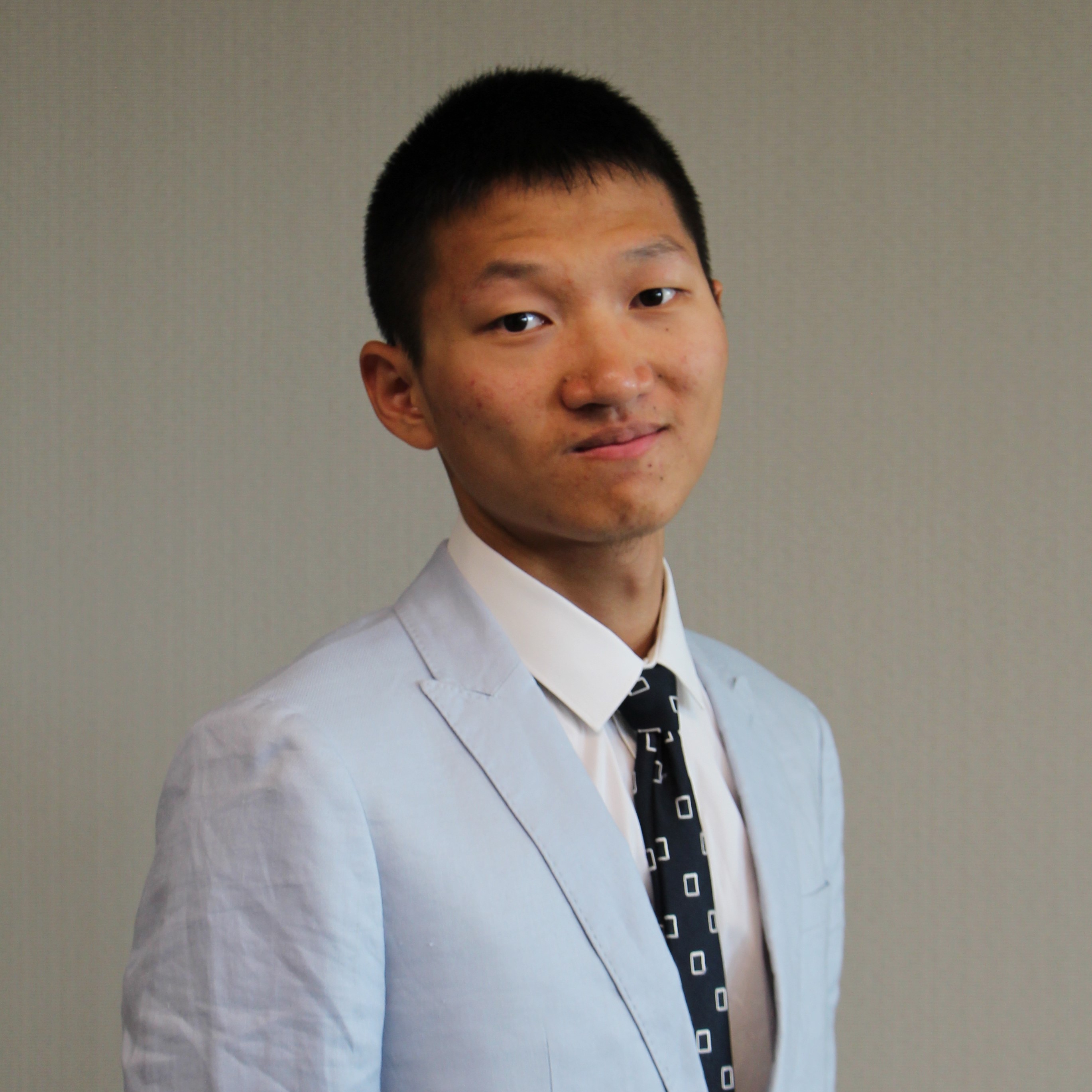 |
Wentao Run Thesis Student Environmental Science Specialist Program (HBSc) in progress Biology Minor Program (HBSc) in progress September 2018 - April 2019
|
My current research project aims to devise time-specific travel routes of low combined air pollutants within the Ward 6 of Mississauga. The findings of this research may yield practical solutions for cyclists and pedestrians to plan their work/leisure commute in ways that minimize their chance of exposure to location-specific peak-time ambient air pollution.
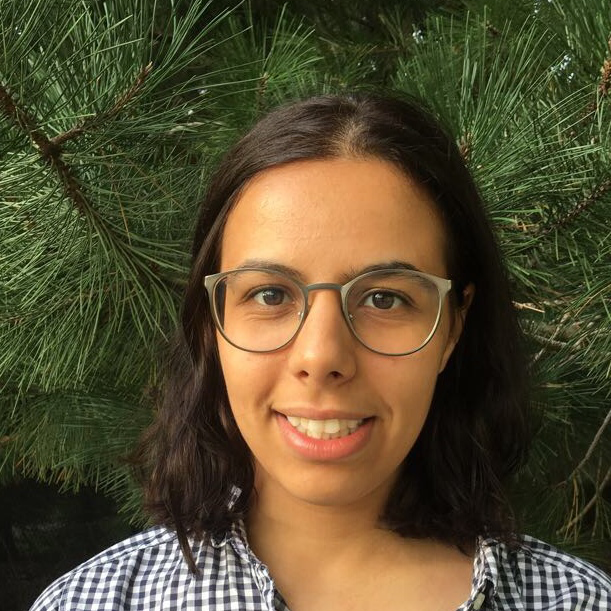 |
Fatimah Taghdi Thesis Student September 2018 - April 2019
|
My research will take on developing a method of forecasting extreme air pollution events using machine learning techniques.
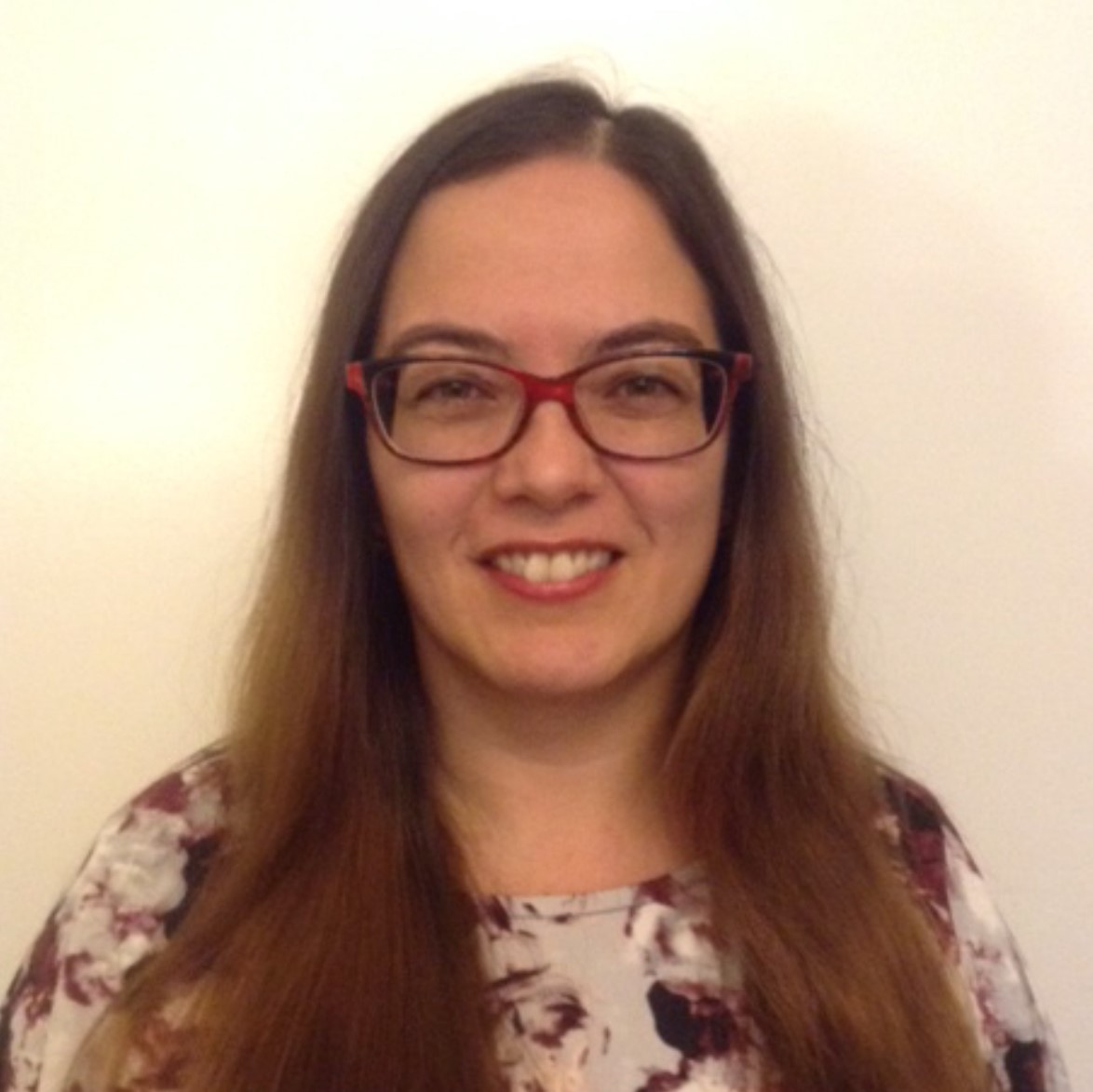 |
Melanie Maddix Thesis Student September 2018 - April 2019
|
The cities of Mississauga and Hamilton are beginning the construction of light rail transportation (LRT) projects. To understand the impact of such projects on air pollution, it is first necessary to establish a baseline pollution level of the area. I am researching the development of a land-use regression model that includes data acquired from passive samplers of NO and NO2. The goal is a model that can be used as a baseline for monitoring the ongoing effects of LRT construction in Hamilton and Mississauga.
 |
Dariya Darvin Major: Mathematics Minor: Biology, Computer Science May 2018 - April 2019 |
My research aims to measure air pollution at schools and in households across Hamilton and Mississauga. In Ontario, the introduction of the Kiss-and-Ride program has caused more private vehicles to idle in drop—off zones during school start and dismissal times. This research will investigate how this increase in vehicle idling affects the air quality in elementary school playgrounds, which are located close to these drop-off zones.PM2.5 levels will be monitored for this study, and the data will be collected using real-time air pollution monitors installed at various schools in Mississauga and Hamilton. This data is significant since particulate Matter (PM) exposure has been linked to many respiratory and cardiovascular problems, with children being one of the high-risk groups. Real-time air quality monitoring will also be conducted in selected households across Hamilton to measure particulate matter(PM10, PM2.5 and PM1 ) air pollution, how it varies across Hamilton and throughout the year.
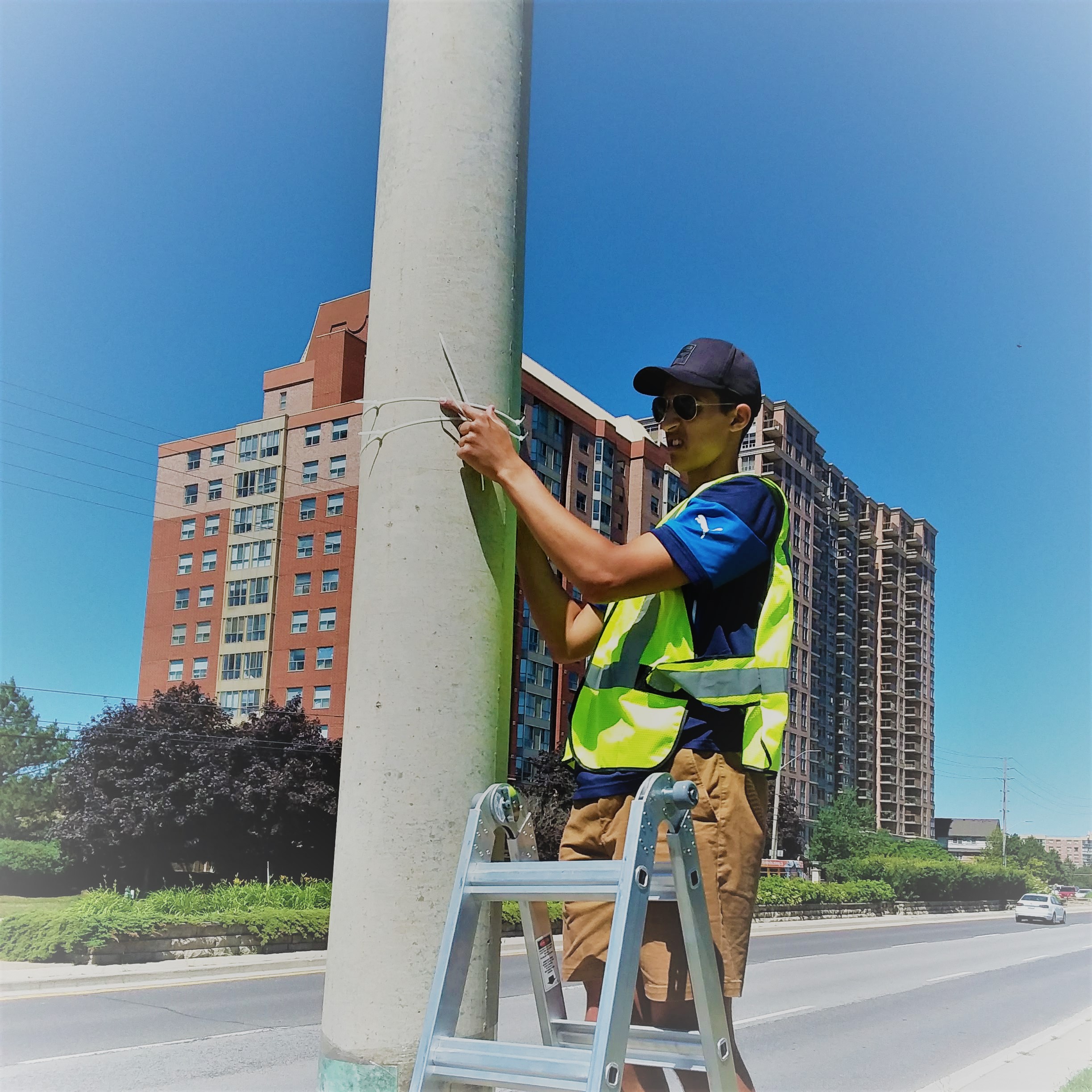 |
Nick Dirienzo Visting Student from Carleton University The Centre for Global Change Science - Summer Undergraduate Intern Programme May 2018 to August 2018 |
My research involves the monitoring of NO and NO2 via the use of passive samplers set up throughout Mississauga and Hamilton. This is in order to determine the baseline local atmospheric concentrations of NO and NO2 throughout Mississauga and Hamilton before their respective LRT plans begin to be implemented. With the construction of the Mississauga and Hamilton LRT systems beginning shortly, there will be an expected increase in NO and NO2. This is of importance because NO and NO2 exposure (among other pollutants) can result in a decrease in lung function and a myriad of respiratory problems.
 |
Haseeb Malik Major: Geographical Information Systems (HBSc.) May 2018 to August 2018
|
 |
Maria Deligero HBSc Student May 2018 to August 2018 |
My work involves the acquisition and preparation of census, air pollution, and land use data for the city of Hamilton. These datasets are processed by the Land Use Regression tool on ArcMap using various buffer sizes, which were chosen based on one hundred Land Use Regression research articles that were collected. The ultimate goal for my work is to prepare and provide datasets that can be useful for new and ongoing GIS projects.
